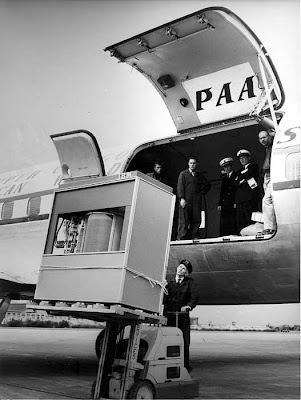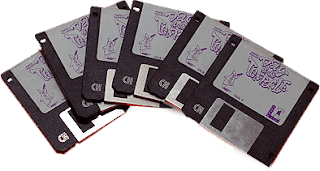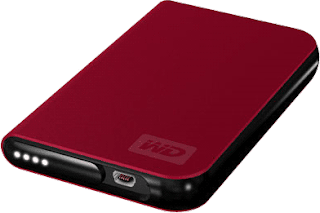Do you know what is "Antivirus"? Do you know what its function? Is it important to have antivirus installed into your computer? OR you just don't bother? If you does not think about it at all, you better stop, take one step back and open you mind. This is very crucial and it is very important to take note because you have to do something to protect your computer.
What I am about to share should be able give an idea on how important to get antivirus software installed into your computer.
What is Antivirus?
Antivirus or anti-virus software is used to prevent, detect, and remove computer viruses, malware, worms, trojan horses, spyware and adware or in a simple words, a software program designed to identify and remove a known or potential computer virus.
How Antivirus works?
Antivirus software will regularly scan your computer and seek out
viruses and other malicious software that might potentially harm your computer. Depends on how often you run it, though generally it is recommended
that you run it nightly or at least weekly. If the software finds a
virus, it typically destroys it. In addition, most anti-virus programs
will protect you while you do everyday activities such as check e-mail
and surf the Web. Whenever you download a file into your computer from
the Web or from e-mail, the scanner will check and verify that the file
is OK and virus-free.
Where to get Antivirus Software?
1. Paid option: Norton Antivirus has many options. All of the antivirus programs are subscription-based.
2. Free option: Free option like AVG Free usually doesn't include a firewall. It will update its antivirus definitions, run on a scheduled basis and do live protection on the Web against threats.










